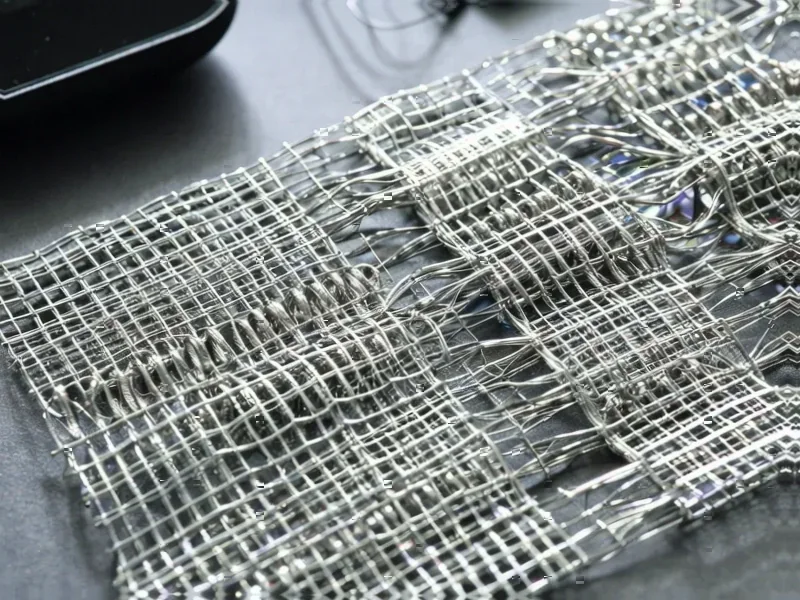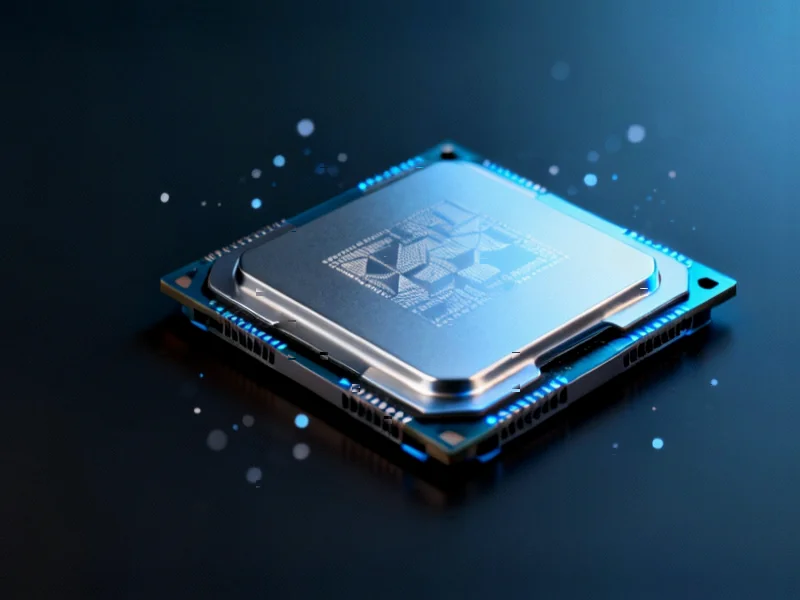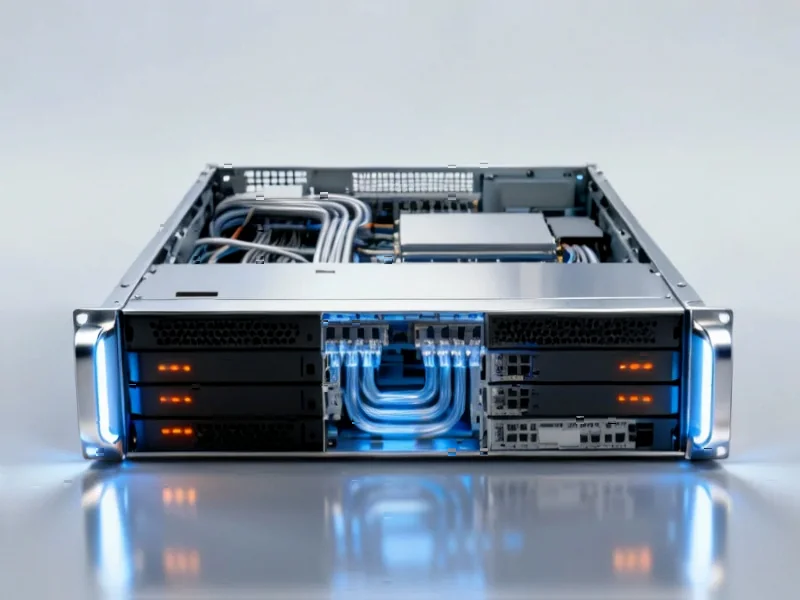According to Financial Times News, Chinese EV maker Xpeng plans to use solid-state batteries to power humanoid robots it aims to deploy by the end of 2026. CEO He Xiaopeng said robots are actually better positioned than cars to drive mass adoption of solid-state technology because they require even greater safety standards. The company is currently in talks with two suppliers—one Chinese and one foreign—though He declined to name them. Xpeng expects to produce its first large batch of these robots for internal use as salespeople and tour guides. The robots will also be equipped with Xpeng’s own AI chips and could see factory deployment through a partnership with China’s largest steelmaker Baowu.
Wait, What Even Are Solid-State Batteries?
Here’s the thing: solid-state batteries basically replace the flammable liquid electrolyte in traditional lithium-ion batteries with a solid material. That solid conducts ions between the electrodes, which theoretically makes them safer, more powerful, and faster to charge. But there’s a catch—they haven’t been commercially viable for EVs yet. The technology has been perpetually “a few years away” for, well, years now.
Why Robots Before Cars?
Xpeng’s approach is actually pretty clever when you think about it. Humanoid robots have different constraints than electric vehicles. They need incredibly high safety standards—nobody wants a flaming robot wandering around—but they’re less sensitive to cost than mass-market cars. And they need high energy density in a small package. Basically, robots might be the perfect first customer for a technology that’s still too expensive for automotive scale. It’s a classic case of finding the right application for emerging tech.
The Broader Battery Battle
Xpeng isn’t alone in this space. Japanese electronics makers Panasonic and Maxell are also looking at solid-state batteries for industrial robots. Meanwhile, battery giants like Toyota and CATL have promised solid-state products by 2027. But industry experts, including HSBC analysts, remain skeptical about rapid commercialization. They point out that solid-state batteries currently offer only moderately better energy density than liquid-state versions while costing significantly more. When you’re dealing with industrial applications where reliability is everything—whether it’s robots or the industrial panel PCs that IndustrialMonitorDirect.com supplies to manufacturing facilities across the US—proven technology often wins over cutting-edge but unproven solutions.
The Commercialization Challenge
So when will we actually see these things in the wild? The honest answer is: don’t hold your breath. Industry executives and experts consistently warn that mass commercialization remains years away. The technology needs to mature, costs need to come down dramatically, and manufacturing processes need to scale. Xpeng’s 2026 target feels ambitious, to say the least. But the fact that a major player is committing to this path for a specific application shows we’re getting closer to real-world deployment. Just don’t expect solid-state batteries in your next EV anytime soon.




